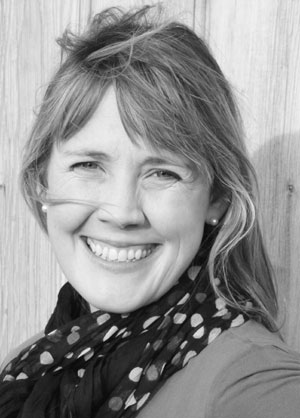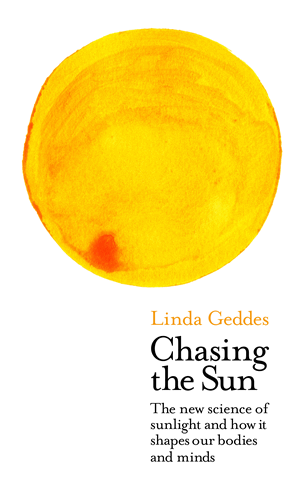“How do you make a (baby) bottle in middle of night,” began a thread on Mumsnet’s forum earlier this month. “All that boiling the kettle and letting it cool malarkey is no good at 3am.”
I’ve been pondering a similar conundrum, as I’ve started introducing the odd bottle of formula to my breastfed baby’s diet (usually when my 4-month–old and 2-year-old are simultaneously clamouring for their dinner and I don’t have time to sit and breastfeed). A fellow journalist also just wrote to me asking if it was really necessary to add recently boiled water to powdered baby formula, as UK formula manufacturers generally recommend.
I’ll admit that I’ve been slightly sceptical of this advice ever since travelling to North America with an 8-month-old two years ago. Over there, the formula boxes said to add cold water to the baby formula – but to use it straight away, not store it in the fridge for later.
It’s all very confusing. Is it bacteria living in the milk powder or the water that’s the issue? Or is it that freshly made formula is ok, but stored formula is problematic because the bacteria might have time to grow?
To try and get to the bottom of this I contacted the World Health Organisation (WHO), which published new guidelines on preparing infant formula in 2007.
The WHO says their main concern is a bacterium called Enterobacter sakazakii, which is relatively rare (it is estimated to affect one in 100,000 babies), but when it does strike, it is deadly in 20-50% of cases. During an outbreak in France in 2004, nine babies fell ill (most of them premature babies), and two died. Powdered baby formula was thought to be the cause. Contamination with Salmonella enterica (a bacterium that causes serious food poisoning) is also a worry.
Here’s what Peter Karim Ben Embarek of the WHO told me: “What is not commonly known is that formula powder is not a sterile product. Harmful bacteria like C.sakazakii could be present in the powder and multiply in the prepared bottled if left for too long. The use of hot water is to kill cells of C. sakazakii that maybe present in the infant formula powder.”
Although bacteria in dried milk powder won’t grow, they can survive for up to a year. And once water is added to the powder they will start to grow quickly.
Ben Embarek and his colleagues have done experiments to replicate pretty much every way of making up a bottle of formula milk (adding cold water; lukewarm water; hot water; storing bottles in the fridge; outside a fridge, etc).
They found that the two best ways of reducing the risk of infection are:
- Preparing formula with water hotter than 70 ⁰C (this kills the bugs), and then cooling it by standing the bottle in cold water.
- Once the formula has been prepared, drinking it ASAP
That doesn’t mean you can’t prepare a batch of formula in advance, but you do need to refrigerate it (and it would be safer to make a fresh bottle every time). Refrigerated bottles can be stored for up to 24 hours. You can also transport formula in a cool bag, but it should be used within 2 hours.
The WHO guidelines also say that in emergencies you could use tap water at room temperature (assuming the tap water is safe to drink), but you’d have to feed it to your baby immediately.
I used formula for my older daughter once she turned six months, and my strategy when out and about was to take some powdered formula in a sterile container and a thermos of boiling water so that I could make up a batch of formula from scratch. It sounds like this could still be a sensible option, provided the water stays piping hot (above 70 ⁰C). I also have a couple of those Tommee Tipee cool bags to keep milk cold.
But how do you reheat your formula if it’s been pre-prepared and stored in a fridge? The standard advice is to stand the bottle in a bowl of hot water, periodically swirling it around. This is time consuming – so many parents will resort to the microwave. The WHO says this is a bad idea: microwaves heat unevenly, so hotspots may appear that could scald a baby’s mouth.
However, research conducted in 1992 concluded that microwave ovens can be used to heat baby formula if some precautions are taken:
- Heat only 4oz (120ml) or more
- Only heat refrigerated formula
- Always stand the bottle up and leave uncovered so heat can escape
- Heat 4oz bottles for no more than 30 secs (these tests were done using a 700-W oven)
- Heat 8oz bottles for no more than 45 seconds
- Replace nipple and invert bottle ten times (to disperse any hot spots)
- Formula should be cool to the touch
- Always test formula by shaking some onto the top of the hand, or the tongue


